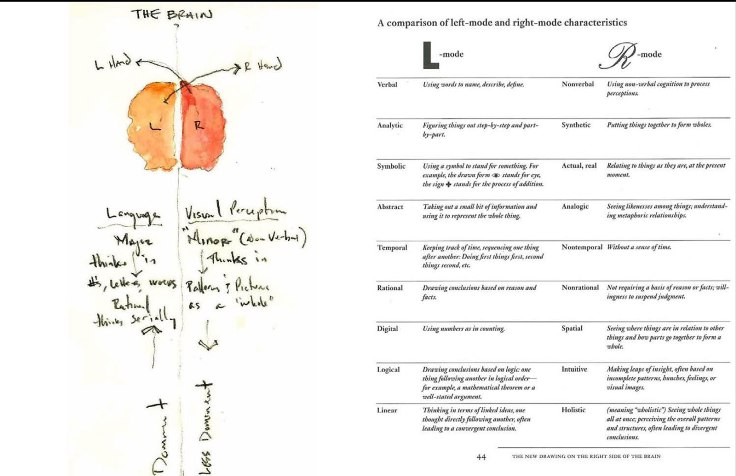CREATIVE ARCHITECTURE
Mediating between the Digital and the Analog
As modern brain scientists continually research the dual nature of the brain, we gain critical insight into the machinations of the mind. Continued research into the characteristics of left and right brain activity bears particular consideration for us as architects as we pursue designs using new technologies. This research examines the actual processes of design with and without the computer, and how each tool engages the brain intuitively, creatively, or rationally. The text ultimately argues for a hybridized practice of digital and analog design, but only one where the tools at hand are deployed with regard to timing, strength, and appropriateness. The case for either analog or digital media is made using the research of neuroscience, observation of the impact of the computer on the design process, and the nuances of architects who embrace both in their work.
Relative to the hundreds of years in which we have been traditionally practicing architecture, computer technology is still so new and unvetted. Observation of creative output in the last 30 years has revealed that the computer’s shortcuts unintentionally create a digital vacuum in terms of scale; diminish our understanding; and weaken our editing processes. Meanwhile, the computer imposes a natural leveling effect from designing in the left brain, defaulting to image-making representations via the plotter.
With foresight, we can regain control of the design process by learning to balance the benefits of both digital and analog modes and engaging each at an appropriate stage in design development. In turn, we may also ensure that hand drawing does not become the forgotten tool of the imagination.
Presented at the Association of Collegiate Schools of Architecture (ACSA) 99th Annual Conference – Montreal, 2011.

Rendering
